Through this small compilation work, a humble attempt has been made to establish a link of the various theories on the process of evolution as found in different systems of Yoga and especially Hathayoga, to their lineage to the olden Vaidika scriptures, thus lending perhaps a much needed validity. It is expected that this will throw some light on how various theories have been evolved and expanded with variegated Colours and shades in a long time of history. Different cults, systems and traditions have made use of different theories of creation to validate their own schools of thought. It is also noticed that a lot of freedom has been exercised without any reservation by the cult-heads to give voice to their experiences and system of practice. On the fringe side, such diversity in thought might break mental monotony. It may appear that it lacks sheer consistency and uniformity. But a serious insight will find that the same phenomenon can be presented in more than one way, perhaps to satiate different temperaments and levels of human intellectual capabilities. Practice makes all the difference. It is to be firmly borne in mind that all these theories have meaning only when one is serious in practice.
Traditional Theory of Evolution and its Application in Yoga
In stock
Free & Quick Delivery Worldwide
reviews
Bibliographic information
Title
Traditional Theory of Evolution and its Application in Yoga
Author
Edition
1st ed.
Publisher
ISBN
8190161776
Length
xxxviii+238p., Appendix; Glossary; Bibliography; Index; 22cm.
Subjects

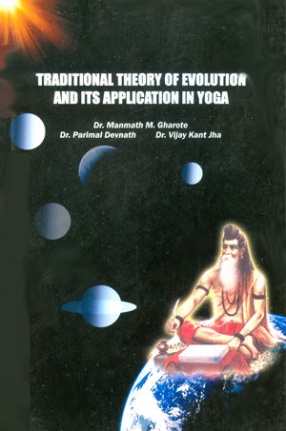
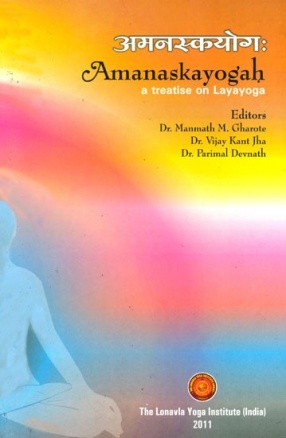
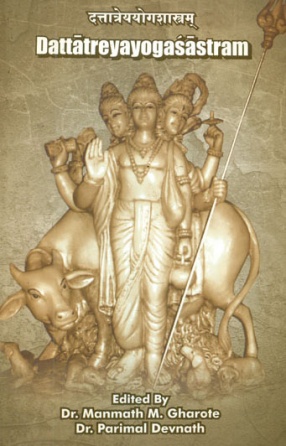
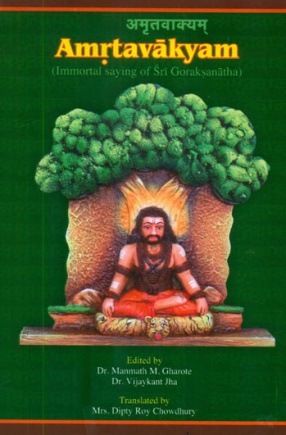
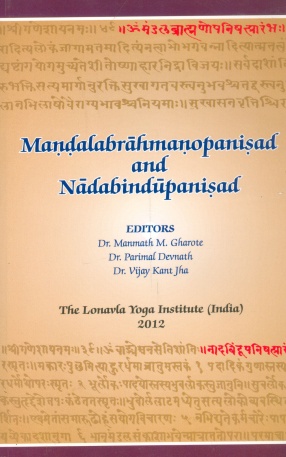
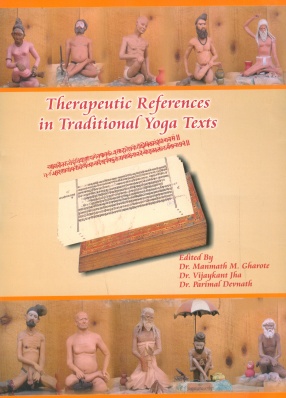
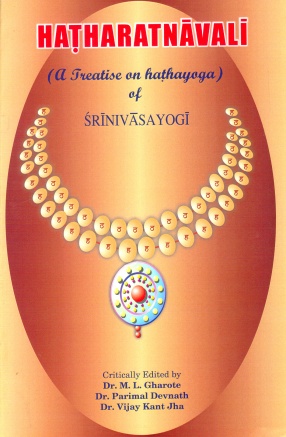
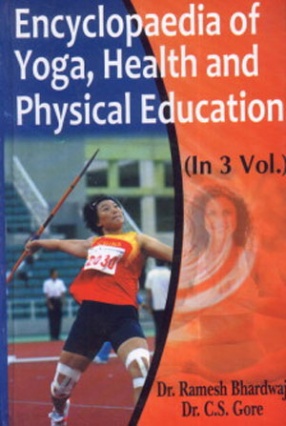
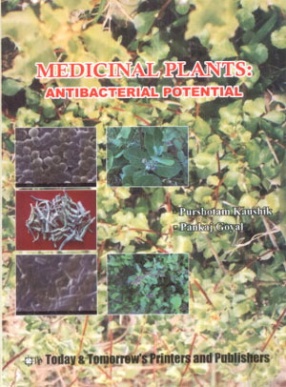
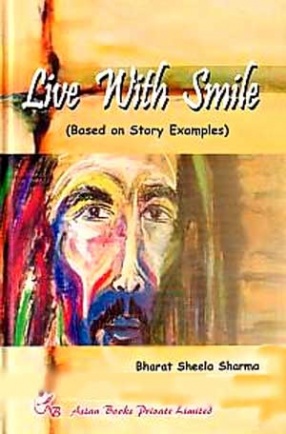
There are no reviews yet.